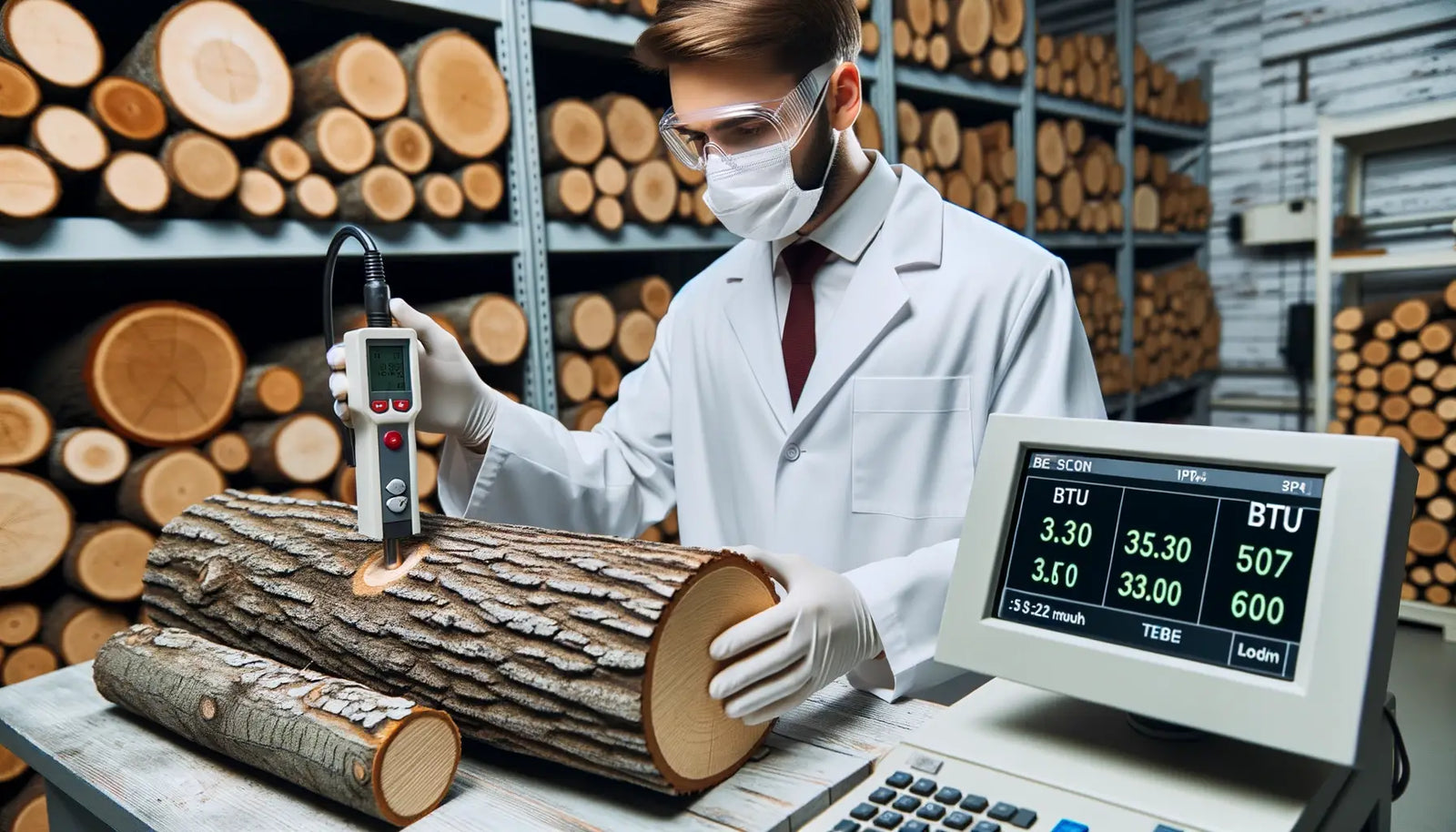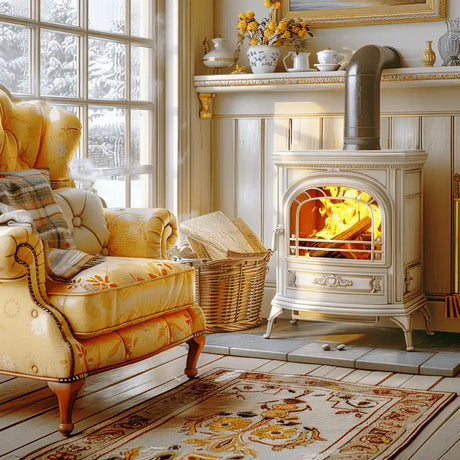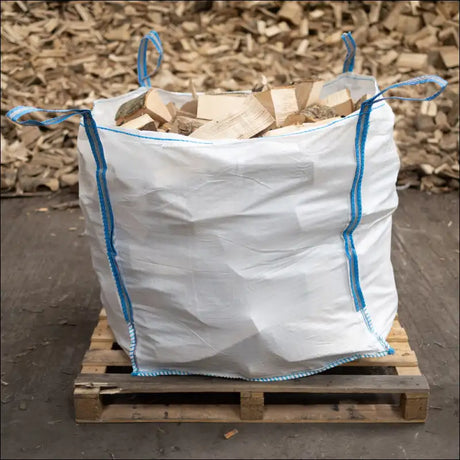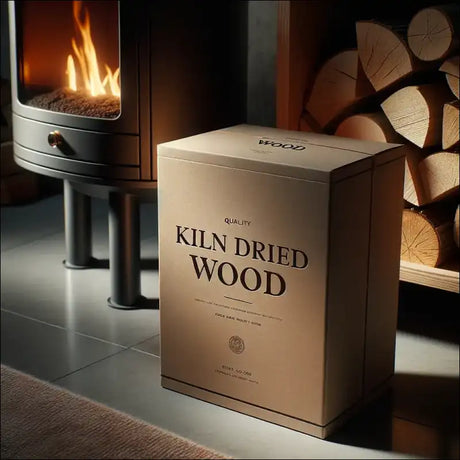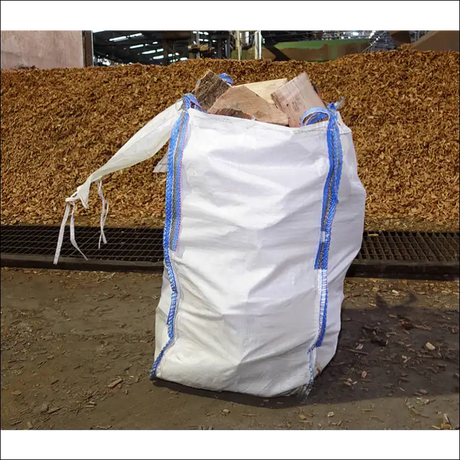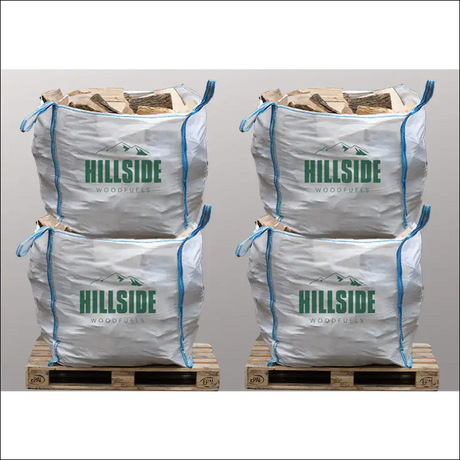When it comes to heating your home with firewood, understanding how wood density impacts BTU output is key to choosing the best logs for your needs. The density of firewood refers to the mass contained within a given volume of wood and is a major factor affecting the amount of heat energy (BTUs) that a cord of firewood can produce when burned.
What is BTU and How is it Measured in Firewood?
BTU stands for British Thermal Unit and is a standard measurement used to denote the heat energy content contained within fuels like firewood and charcoal. Simply put, it quantifies how much heat is released when a substance undergoes complete combustion.
The higher the BTU rating, the more heat output a fuel will generate per unit volume. Firewood BTUs are typically measured per cord - defined as a stack of wood measuring 4x4x8 feet (128 cubic feet). Softwoods like pine generally yield less BTUs per cord compared to dense hardwoods like oak due to differences in density.

The Relationship Between Wood Density and BTU Content
There is a direct correlation between the density of firewood and its BTU output. Wood density is determined by measuring the oven-dry weight per unit volume of a wood sample. Denser woods with more mass packed within a given volume contain more potential energy per cord which translates to higher BTU yields when burned.
The reason density matters is that firewood BTUs are derived from the chemical energy stored within the wood itself. As wood undergoes combustion, the carbon and hydrogen compounds that comprise the wood fibers get broken down and release heat. More dense woods contain more of these combustible compounds, allowing for greater total heat release.

As illustrated in the BTU chart above, a cord of dense oak firewood averaging 700 lbs per cord can generate up to 28 million BTUs. Less dense pine weighing in around 500 lbs per cord yields around 17 million BTUs. So doubling the density from pine to oak results in over 60% more available heat energy!
How Moisture Content Affects BTU Output
It's not just density that determines the BTU content of firewood. Moisture content also plays a big role. Freshly cut "green" wood with a high moisture percentage will produce significantly less heat when burned versus seasoned, kiln-dried firewood.
This is because water evaporation absorbs heat energy during combustion. So the drier the wood, the better the BTU output. Seasoned firewood with under 20% moisture will yield around 30% more usable BTUs versus green wood with a 50% moisture level.
Properly kiln-dried firewood down to 10-15% moisture helps maximize BTU potential by removing excess water weight. Combining kiln drying with a dense wood like oak, ash, or beech creates the ultimate high-BTU firewood.
How to Calculate Firewood BTUs Accurately
To determine the actual BTU rating of your firewood, you'll need to take into account both density AND moisture content along with wood species. Here is the process:
- Weigh a Sample Batch - Use a scale to weigh out 1-2 cubic feet of split logs from the load.
- Calculate Density - Divide the total dry weight in pounds by the sample volume in cubic feet. This gives you the density in lbs per cubic foot.
- Determine Moisture % - Subtract the wet weight from the dry weight, divide by dry weight and multiply by 100.
- Lookup the Base BTU - Using the BTU chart, find the base BTU rating for your wood type at 20% moisture content.
- Adjust for Moisture - For each 10% of moisture above 20%, reduce the base BTU value by 1,000. For each 10% below 20%, increase it by 1,000.
- Factor in Density - Finally, multiply the adjusted base BTU by the measured density in lbs/cu ft divided by 34 (typical density for the base BTU).
This will give you an accurate BTU rating tailored specifically for your batch of firewood based on the actual moisture content and density. While it may seem complicated, once you get the steps down it's easy to estimate BTUs and dial in the best burning firewood.
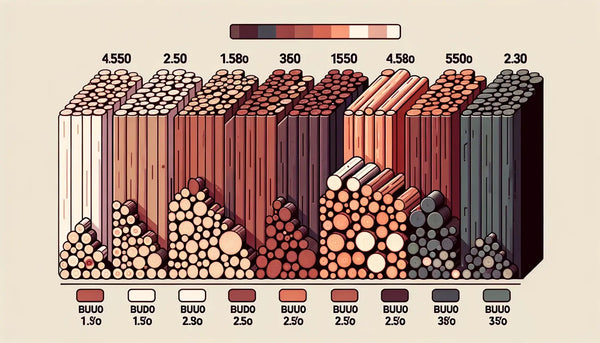
Choosing High-Density Firewood for Max BTUs
Now that you understand the relationship between wood density, moisture content, and BTU output, you can make informed firewood purchases based on your heating needs. Here are some tips:
- Opt for dense hardwoods like oak, ash, or beech which all have base BTUs over 32 million per cord.
- Avoid less dense softwoods like pine, spruce, and poplar which generate far fewer BTUs.
- Only buy seasoned, kiln-dried firewood with a verified moisture content below 20% to maximize BTU output.
- For colder climates, choose high-density firewood and use greater quantities to produce more heat.
- In milder regions, moderate density woods like maple, cherry, and birch provide a good balance of BTUs and affordability.
- Invest in a moisture meter to test your firewood supply and ensure optimal moisture levels for burning.
With high-density, kiln-dried firewood coupled with proper wood stove operation, you can harness over 80% of the available BTUs for heating efficiency. This will keep your home comfortably warm while minimizing fuel consumption and cost. Understanding how density drives BTU output is the first step to mastering firewood heat.
Frequently Asked Questions
What firewood has the highest BTU output?
The top firewoods ranked by BTU output per cord are:
- White Oak - 29,000,000 BTUs
- Red Oak - 28,000,000 BTUs
- Ash - 32,000,000 BTUs
- Beech - 32,500,000 BTUs
- Sugar Maple - 27,500,000 BTUs
Oak, ash, and beech are the triple threat when it comes to BTU yield thanks to very high density up to 48 lbs/cu ft when dried.
Does softer wood produce less heat?
Yes, low density softwoods like pine, spruce, and poplar generate significantly lower BTU output compared to high density hardwoods. A cord of pine can produce less than half the usable heat of a similar volume of seasoned oak.
How does firewood cutting style impact BTUs?
Cutting firewood into smaller pieces increases the surface area exposed to fire resulting in faster, hotter burning. But it does not increase overall BTU yield which is fixed based on wood species and density. Larger whole logs burn slower but ultimately release the same total heat.
What is the heat output difference between logs and compressed sawdust logs?
While convenient, compressed fire logs made from sawdust have a very low density around 30 lbs/ft3 resulting in reduced BTUs compared to natural solid wood logs. Fire logs produce less than 20 million BTUs per cord equivalent vs up to 30 million for kiln-dried oak.
Will a wood moisture meter help me pick the best firewood?
Yes, a moisture meter is a must-have tool for assessing firewood quality. It allows you to precisely gauge moisture levels so you can determine if the wood is properly seasoned and estimate BTU content. Only firewood under 20% moisture will provide optimal burn efficiency.
The Bottom Line
When searching for top-performing firewood, density and moisture content are key. Focus on high density hardwoods like oak, ash, and beech that are properly kiln-dried to below 20% moisture content. This combination yields the highest firewood BTU output to maximize heating efficiency and provide cozy warmth on cold winter nights. With the right wood and some BTU calculations, you'll be on your way to firewood heating success.

